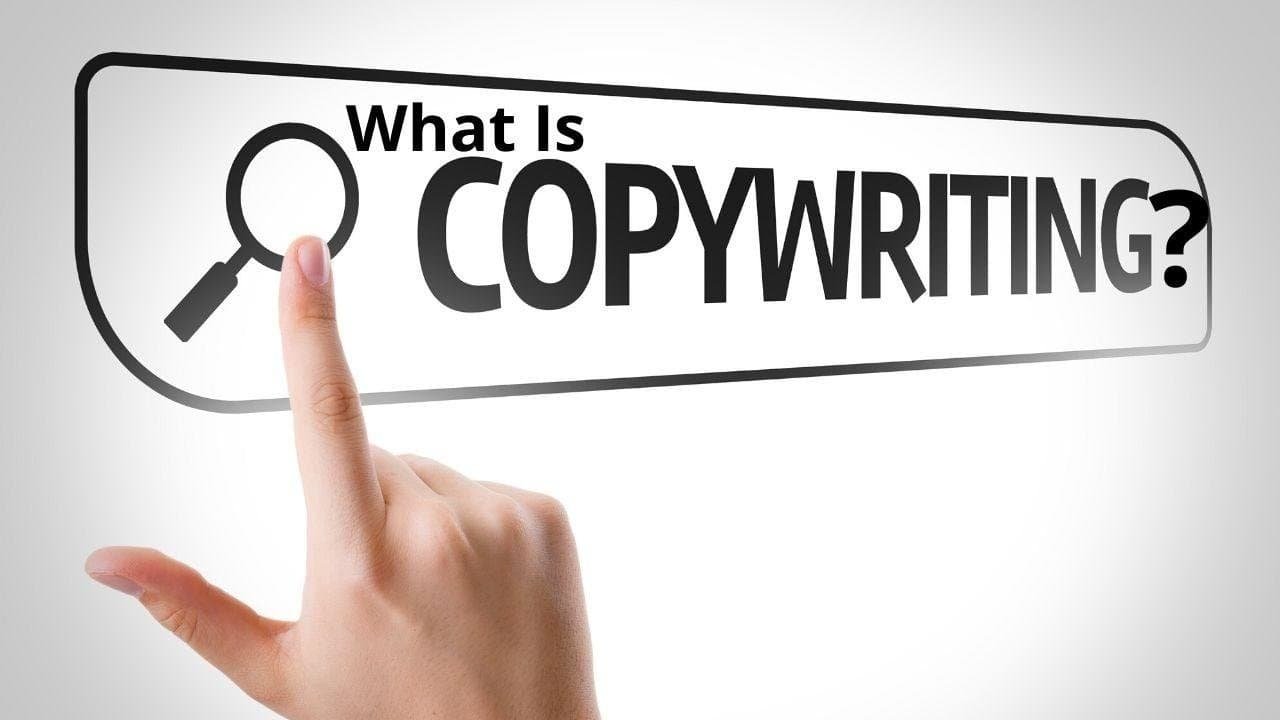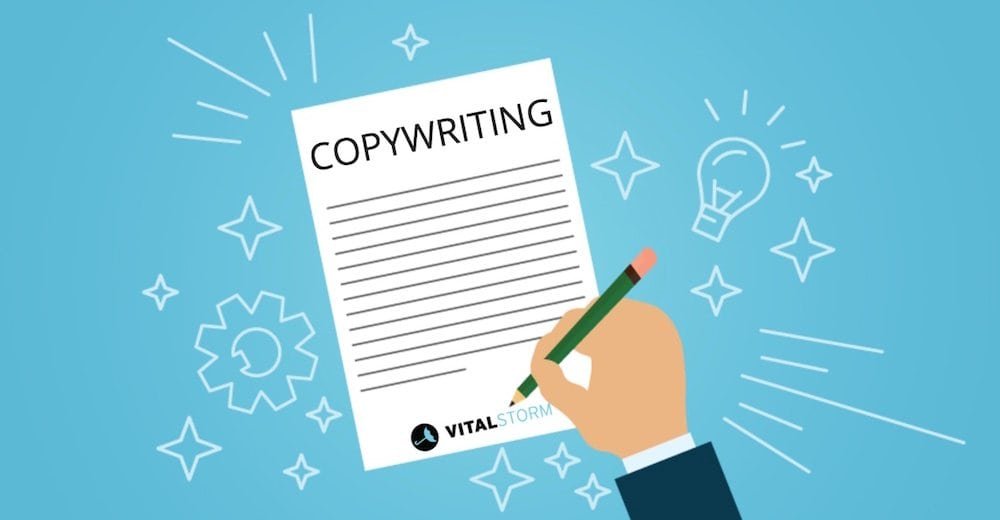Hey man! So you see…In the bustling digital marketplace, where countless brands clamor for attention, the ability to communicate effectively is paramount. This is where the magic of copywriting comes into play. More than just writing pretty words, copywriting is the art of crafting persuasive content that compels readers to take specific actions, whether it’s making a purchase, subscribing to a service, or simply engaging with your brand. At its core, copywriting is about understanding your audience, connecting with them on an emotional level, and presenting your offerings in a way that resonates with their needs and desires.
Understanding Your Audience: The Foundation of Effective Copywriting
Before you put pen to paper (or fingers to keyboard), you need to know who you’re talking to. This means going beyond basic demographics and delving into the psychographics of your target audience. What are their pain points? What are their aspirations? What motivates them? Once you have a deep understanding of your audience, you can tailor your message to their specific needs and interests. This is crucial because a generic message that tries to appeal to everyone often ends up appealing to no one.
Defining Your Target Audience
To effectively define your target audience, consider the following:
- Demographics: Age, gender, location, occupation, income level
- Interests: Hobbies, passions, values, beliefs
- Pain Points: Challenges, problems, frustrations
- Aspirations: Goals, dreams, desires
By understanding these key aspects of your target audience, you can craft copy that speaks directly to them, using language they understand and addressing issues they care about.

Highlighting Benefits: Showcasing Value to Your Audience
While it’s tempting to focus on the features of your product or service, effective copywriting emphasizes the benefits those features provide. In other words, instead of telling your audience what your product is, tell them what it does for them. How will it improve their lives? What problems will it solve? By highlighting the benefits, you’re demonstrating the value your offering brings and making it more relevant to your potential customers.
Translating Features into Benefits
Here’s an example of how to translate features into benefits:
- Feature: Our software has a user-friendly interface.
- Benefit: Our software saves you time and frustration with its easy-to-use design.
By focusing on the benefits, you’re shifting the focus from the product itself to the positive impact it has on the customer’s life.
The Power of Persuasive Language: Engaging Your Audience Emotionally
The words you choose can make or break your copy. Persuasive words evoke emotions and compel readers to take action. Words like “free,” “exclusive,” “urgent,” and “guaranteed” can grab attention and create a sense of urgency. However, it’s important to use these words judiciously and avoid coming across as too pushy or salesy.
Crafting Compelling Calls to Action
A crucial element of persuasive copywriting is the call to action (CTA). This is the part of your copy that tells your reader what you want them to do next. Whether it’s “Shop Now,” “Learn More,” or “Sign Up Today,” your CTA should be clear, concise, and compelling.
Creating a Unique Value Proposition: Standing Out in a Crowded Marketplace
In a world saturated with marketing messages, it’s essential to differentiate yourself from the competition. This is where your Unique Selling Proposition (USP) comes in. Your USP is what makes your product or service unique and valuable to your target audience. It’s the reason why customers should choose you over your competitors.
Defining Your USP
To define your USP, ask yourself the following questions:
- What problem does your product or service solve better than anyone else?
- What unique features or benefits do you offer?
- What makes your brand different and memorable?
Once you have a clear understanding of your USP, make sure to communicate it clearly and consistently in your copy.

Harnessing the Power of Persuasive Psychology: Influencing Decision-Making
Understanding the principles of persuasive psychology can significantly enhance your copywriting. Concepts like scarcity, reciprocity, and social proof can be powerful tools for driving conversions.
- Scarcity: Highlighting the limited availability of a product or service can create a sense of urgency and encourage immediate action.
- Reciprocity: Offering a freebie or discount can make customers feel obligated to reciprocate by making a purchase.
- Social Proof: Showcasing testimonials, reviews, and social media engagement can build trust and credibility, demonstrating that others have already benefited from your offering.
Testing and Optimizing: Refining Your Approach for Maximum Impact
Copywriting is not a one-and-done endeavor. It’s an iterative process that involves constant testing and optimization. Experiment with different headlines, calls to action, and overall messaging to see what resonates best with your audience. Track your results and make adjustments accordingly. This data-driven approach will help you continuously improve your copywriting skills and achieve better results over time.
Types of Copywriting: Tailoring Your Approach to Specific Goals
Copywriting encompasses various forms, each serving a specific purpose:
- Direct Response Copywriting: This type aims to elicit an immediate response from the reader, such as clicking a link, signing up for a newsletter, or making a purchase. It often employs strong calls to action and focuses on creating a sense of urgency.
- Creative Copywriting: This style aims to evoke an emotional response and build brand awareness. It often uses storytelling, humor, and vivid imagery to engage the reader.
- SEO Copywriting: This type focuses on optimizing content for search engines. It involves incorporating relevant keywords, writing high-quality content, and structuring the content for readability and search engine crawlers.
Avoiding Common Copywriting Mistakes: Ensuring Clarity and Authenticity
While copywriting can seem straightforward, there are several common pitfalls to avoid:
- Overloading Your Message: Trying to cram too much information into your copy can overwhelm the reader and dilute your message. Keep it concise and focused, highlighting the key benefits and calls to action.
- Abusing Exclamation Marks and Emojis: While these can add personality to your writing, excessive use can make your content appear unprofessional and detract from your message.
- Copying Competitors: While it’s important to be aware of your competition, blindly copying their approach will only make you blend in. Develop your own unique voice and style to stand out.
- Exaggerating Product Benefits: While it’s essential to highlight the benefits of your offerings, avoid making unrealistic claims or overpromising. This can damage your credibility and lead to customer dissatisfaction.
- Neglecting Mental Triggers: Phrases like “limited-time offer” or “exclusive access” can create a sense of urgency and encourage action. Failing to incorporate these psychological triggers can leave your copy feeling incomplete and less persuasive.

Conclusion
In today’s competitive landscape, mastering the art of copywriting is essential for any business or individual looking to make an impact. By understanding your audience, crafting compelling messages, and leveraging the principles of persuasion, you can create copy that not only captures attention but also drives conversions and builds lasting relationships with your customers. Remember, copywriting is more than just stringing words together; it’s about connecting with your audience on an emotional level and inspiring them to take action.
FAQs
1. What are some essential skills for effective copywriting? Effective copywriting requires a blend of creativity, empathy, and analytical thinking. Key skills include:
- Understanding your audience: This involves research, analysis, and the ability to step into the shoes of your target customer.
- Clear and concise writing: Communicating your message effectively in a succinct and engaging manner.
- Persuasive storytelling: Crafting narratives that connect with your audience on an emotional level and motivate them to take action.
- SEO knowledge: Understanding how to optimize your copy for search engines to improve visibility and drive traffic.
- A/B testing and data analysis: Continuously refining your approach based on data and insights to improve your copy’s performance.
2. How can I improve my copywriting skills? There are several resources available to help you enhance your copywriting skills:
- Online courses and workshops: Numerous platforms offer comprehensive training on copywriting techniques and best practices.
- Books and articles: Explore the works of renowned copywriters and marketing experts to gain valuable insights and inspiration.
- Practice and feedback: The more you write, the better you’ll become. Seek feedback from experienced copywriters or mentors to refine your craft.
3. What are some tools that can help me with copywriting? Several tools can streamline your copywriting process and improve the quality of your content:
- Grammarly and Hemingway Editor: These tools help you improve your grammar, punctuation, and writing style.
- Headline analyzers: These tools assess the effectiveness of your headlines and provide suggestions for improvement.
- Plagiarism checkers: Ensure the originality of your content with these tools.
- SEO tools: Tools like Ahrefs and SEMrush help you research keywords, analyze your competitors, and track your website’s performance.
Similar Content
- The Art of Persuasion: Mastering Copywriting Techniques
- The Power of Persuasion: A Deep Dive into Copywriting
- Copywriting 101: A Beginner’s Guide to the Art of Persuasive Writing

